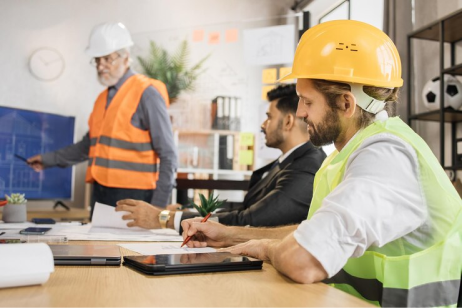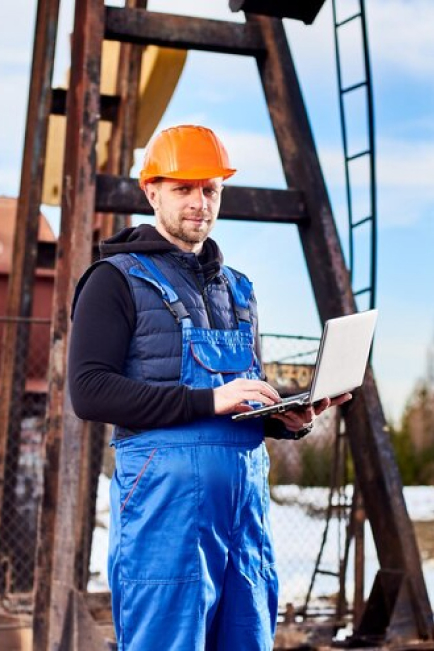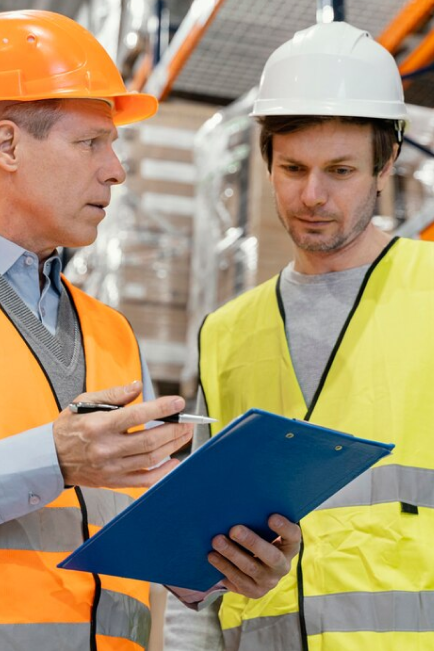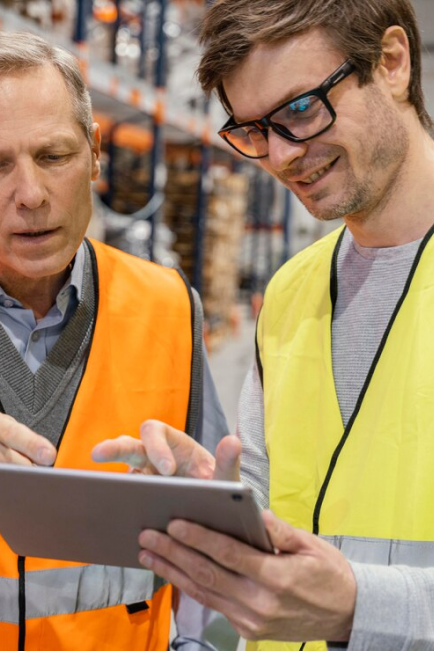Mastering Construction Safety for a Risk-Free Work Environment
- info@safetymastery.com
- +91 7200322134


Prioritizing Safety: Key Elements of Construction Safety Practices
What is Construction Safety?
Construction safety refers to the management and application of policies, procedures, and practices that ensure the health and protection of workers at construction sites. With heavy machinery, high-risk environments, and complex operations, construction is one of the most hazardous industries — making safety training essential.

Why is Construction Safety Important?
- Prevents accidents and injuries
- Promotes legal compliance
- Protects workers and property
- Enhances productivity and reputation
Get Courses Details
Get Courses Details
Key Topics Covered in Construction Safety Training
- Personal Protective Equipment (PPE)
- Fall protection and scaffolding safety
- Electrical and fire hazards
- Excavation and trenching safety
- Site hazard identification and risk control
- Emergency response procedures
Importance of Construction Safety:
- Worker Protection: Construction safety measures aim to protect workers from workplace hazards, reduce the risk of injuries, and promote the well-being of employees in the construction industry.
Accident Prevention: By implementing construction safety protocols, companies can prevent accidents, incidents, and near-misses that could lead to injuries, fatalities, property damage, and delays in construction projects.
- Legal Compliance: Adherence to construction safety regulations, standards, and best practices is crucial for ensuring legal compliance, minimizing liability, and promoting a safe work environment that meets industry guidelines.
- Productivity and Efficiency: A safe work environment fosters higher productivity, efficiency, and morale among construction workers, leading to improved project outcomes, reduced downtime, and enhanced operational performance.
Reputation and Trust: Prioritizing construction safety enhances a company’s reputation, instills trust among clients, stakeholders, and the community, and demonstrates a commitment to worker safety and well-being in the construction industry.

Key Measures for Construction Safety:
Hazard Identification: Conduct regular hazard assessments, inspections, and audits to identify potential risks, hazards, and unsafe conditions on construction sites, and implement control measures to mitigate risks.
Safety Training: Provide comprehensive safety training for all construction workers, supervisors, and managers on hazard recognition, safe work practices, emergency procedures, and the proper use of personal protective equipment (PPE).
Equipment Maintenance: Inspect and maintain construction equipment, tools, machinery, and vehicles regularly to ensure proper functioning, prevent breakdowns, and reduce the risk of accidents related to equipment failures.
Emergency Preparedness: Develop emergency response plans, conduct regular drills, establish evacuation routes, and provide training on responding to emergencies such as fires, accidents, and medical incidents in construction settings.
- Personal Protective Equipment (PPE): Require the use of appropriate PPE, such as hard hats, gloves, goggles, high-visibility vests, and steel-toed boots, to protect workers from head injuries, hand injuries, eye injuries, and other hazards on construction sites.

Start Your Career in Construction Safety
Begin your journey towards a rewarding and impactful career with specialized qualifications in construction safety. Whether you’re new to the industry or looking to advance your role, a Diploma in Construction Safety provides the foundational knowledge and practical skills required to manage risks and ensure compliance on job sites.
For those aiming at leadership positions, the Diploma in Construction Safety Management offers advanced training in site supervision, hazard control, and regulatory standards. You’ll learn to implement safety protocols, conduct audits, and lead safety initiatives effectively.
Looking to specialize further? The Diploma in Fire and Construction Safety Management is designed to equip professionals with the expertise to handle fire safety alongside general construction hazards — a highly sought-after skillset in high-risk environments
Enroll with Safety Mastery to receive industry-recognized training from safety experts.

Best Practices for Construction Safety:
Leadership Commitment: Demonstrate leadership commitment to construction safety by setting clear safety goals, allocating resources for safety initiatives, and leading by example in promoting safe work practices.
Employee Engagement: Involve employees in safety programs, encourage their active participation, seek their input on safety issues, and recognize their contributions to promoting a culture of safety in construction environments.
Continuous Improvement: Foster a culture of continuous improvement in construction safety by seeking feedback, conducting safety audits, analyzing incident reports, and implementing corrective actions to enhance safety practices.
Training and Education: Provide ongoing safety training, workshops, toolbox talks, and refresher courses to ensure that workers are informed, skilled, and prepared to handle safety challenges in construction environments.
Collaboration and Partnerships: Collaborate with industry partners, safety organizations, regulatory agencies, and stakeholders to share best practices, exchange insights, and drive collective action for improving construction safety standards.

